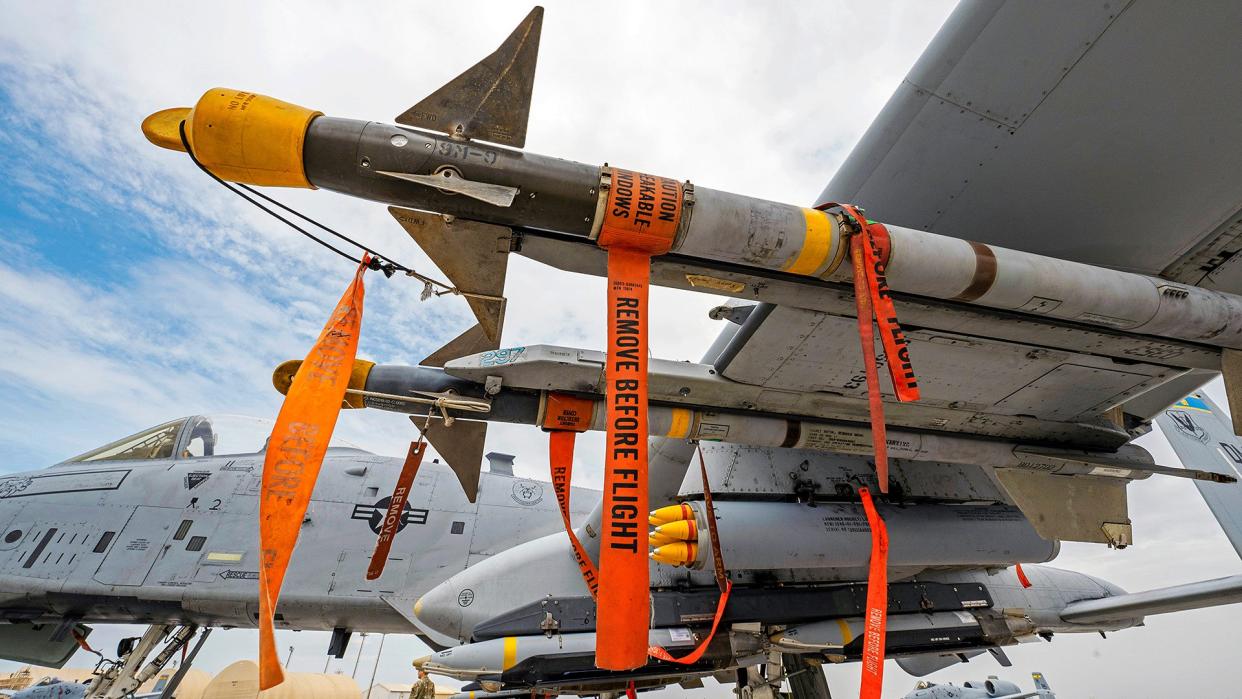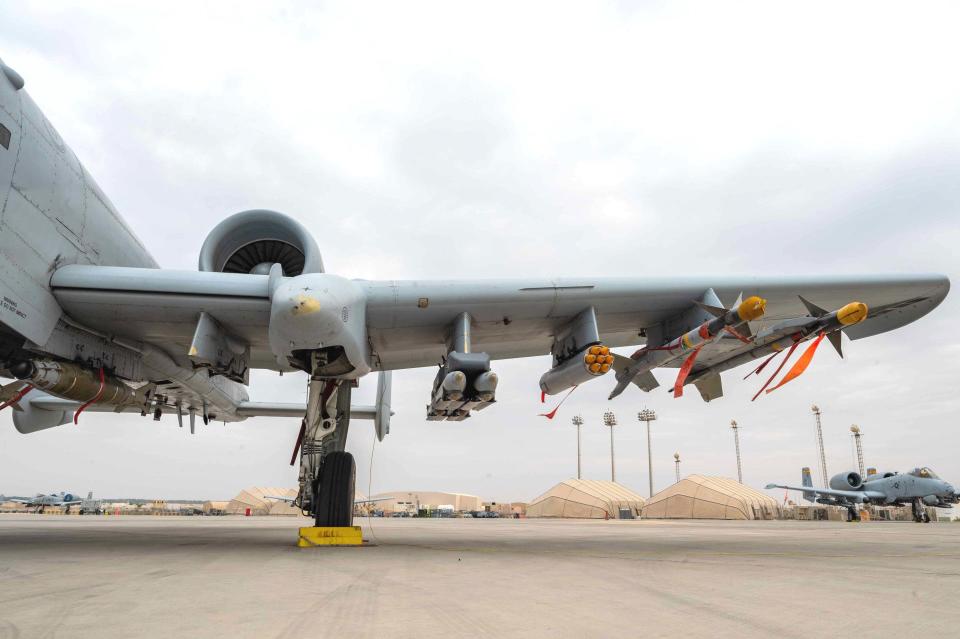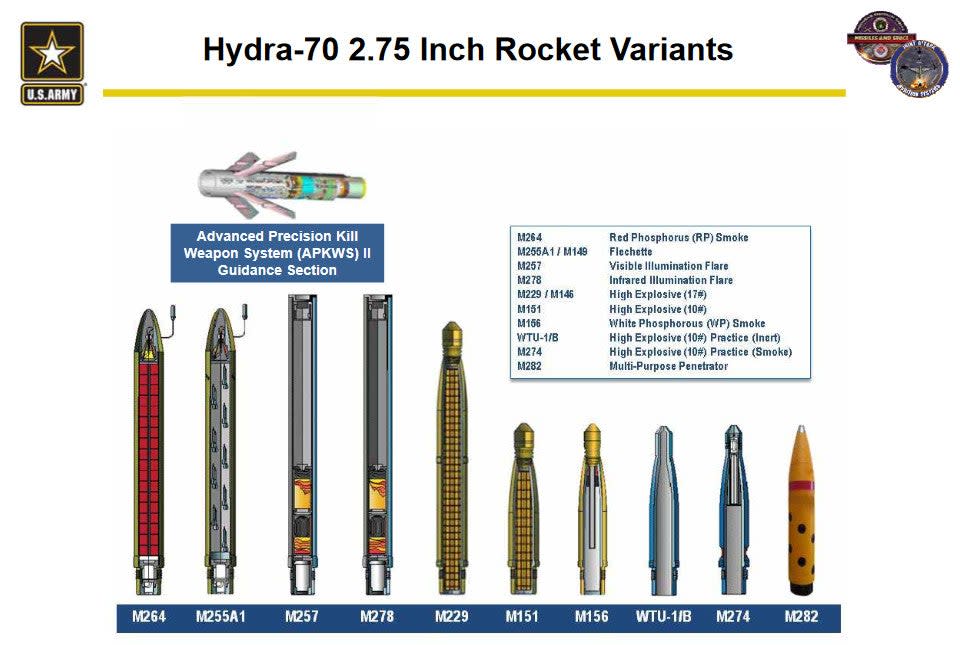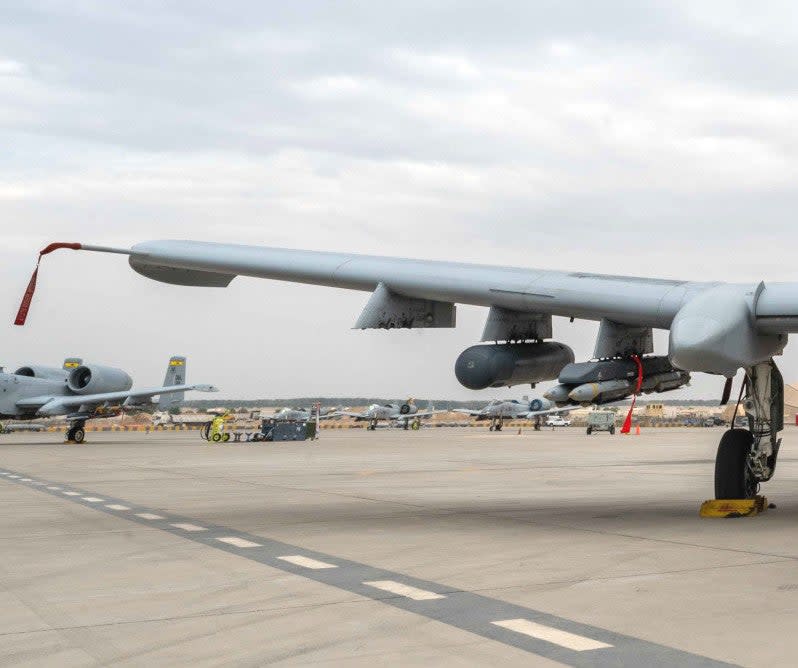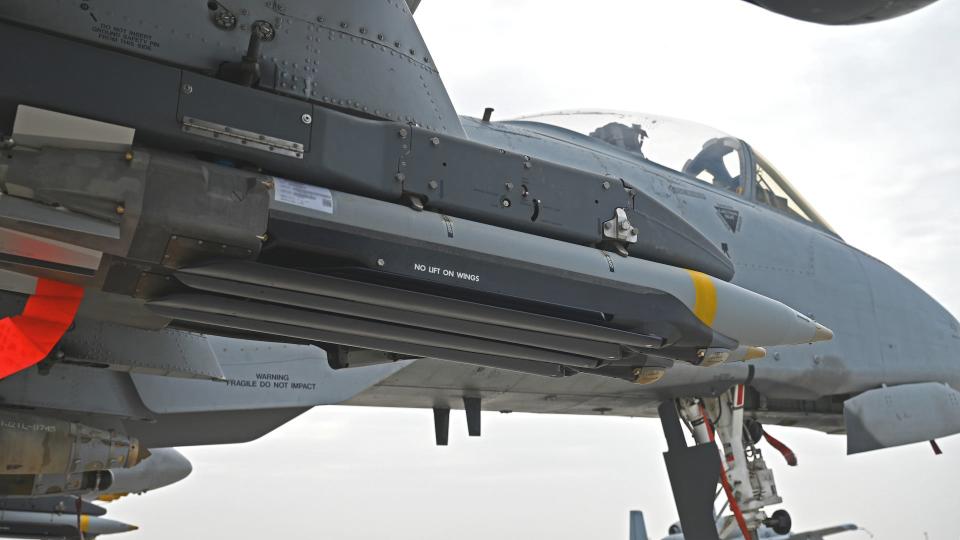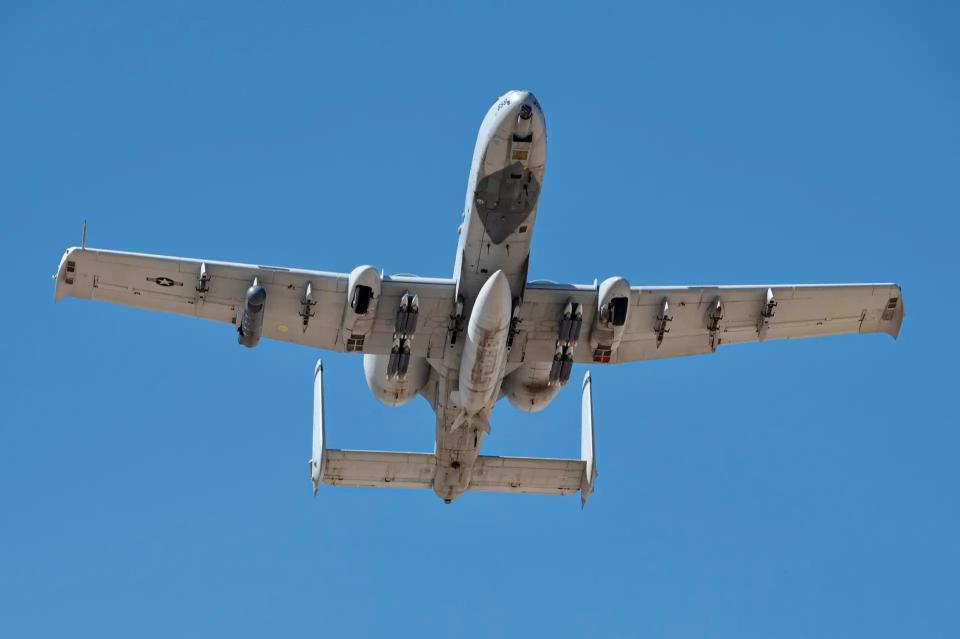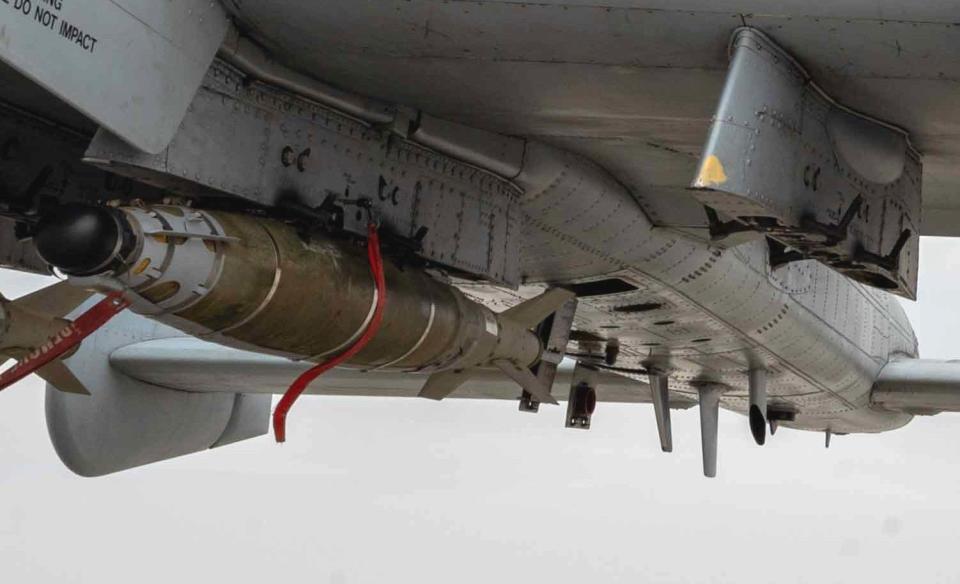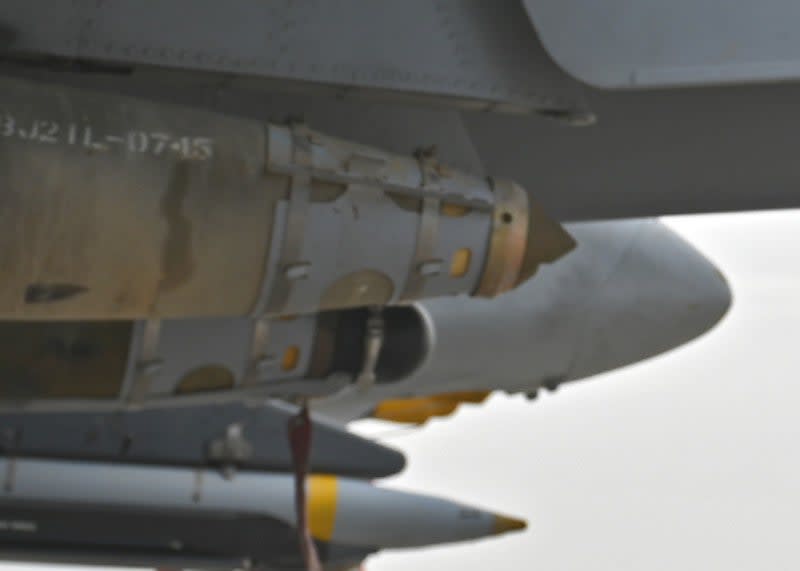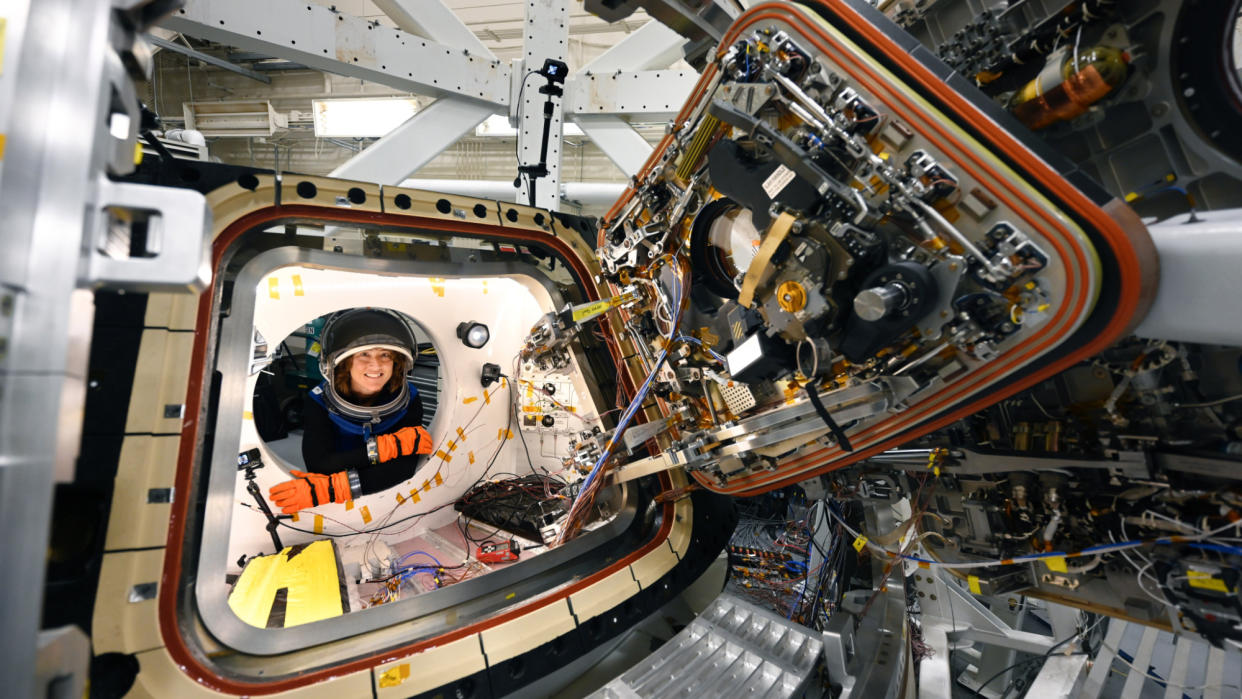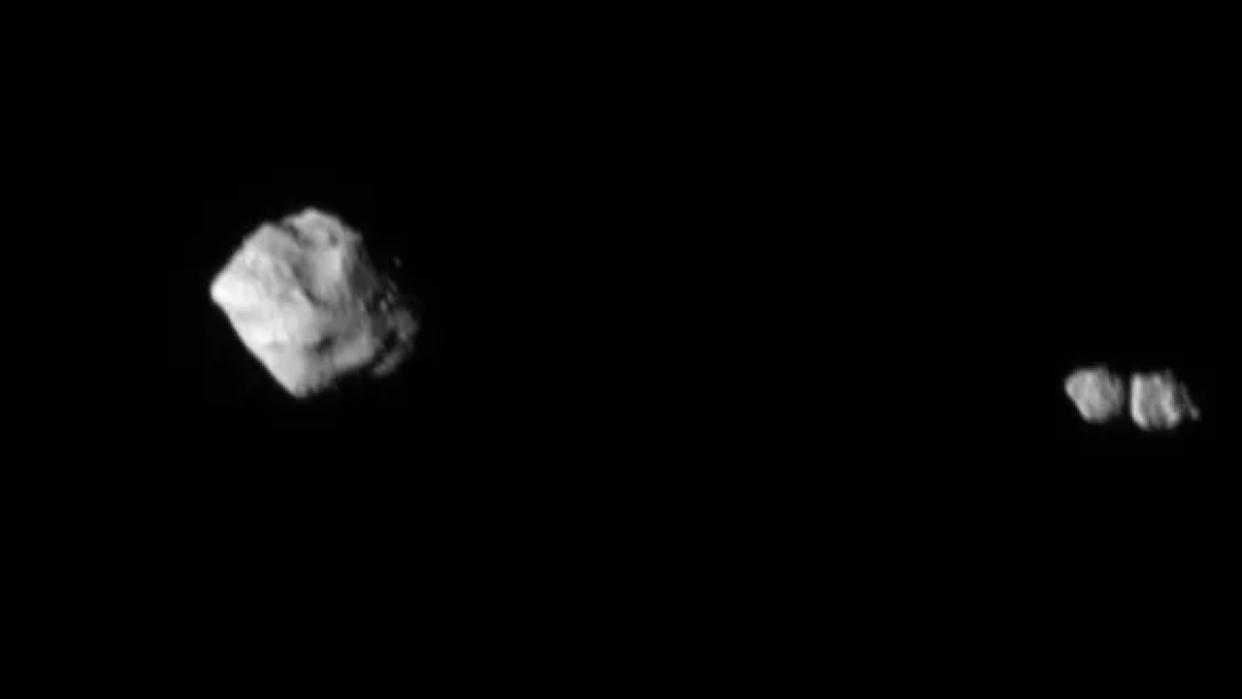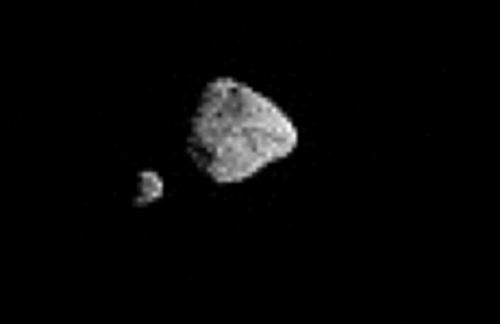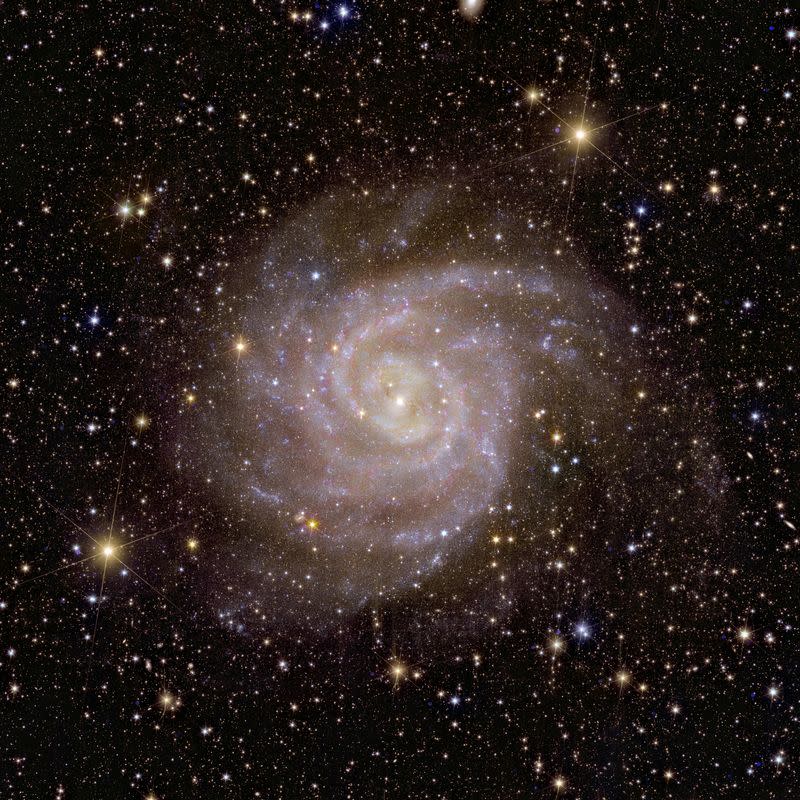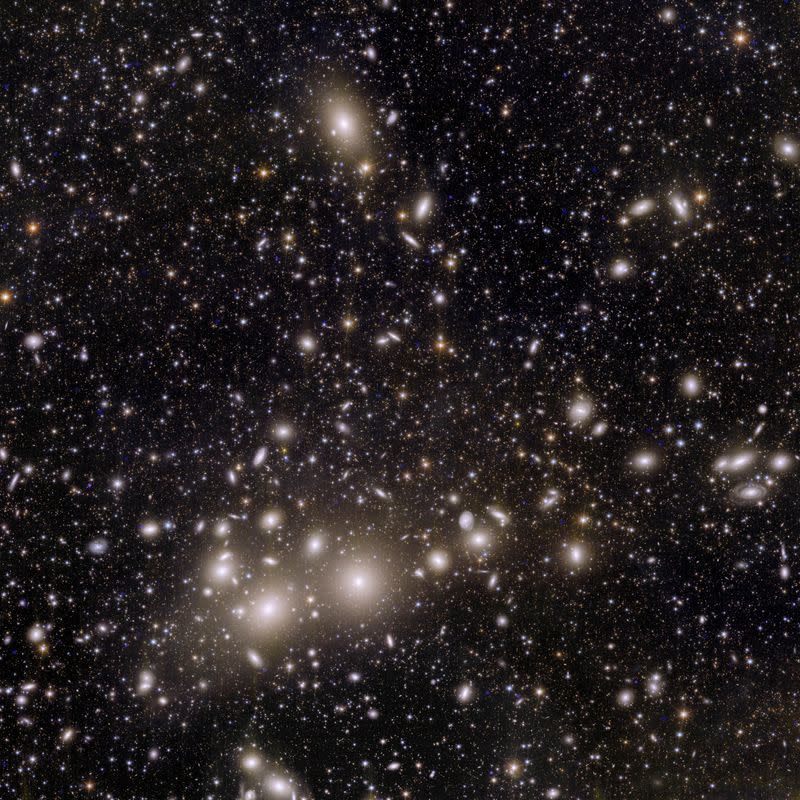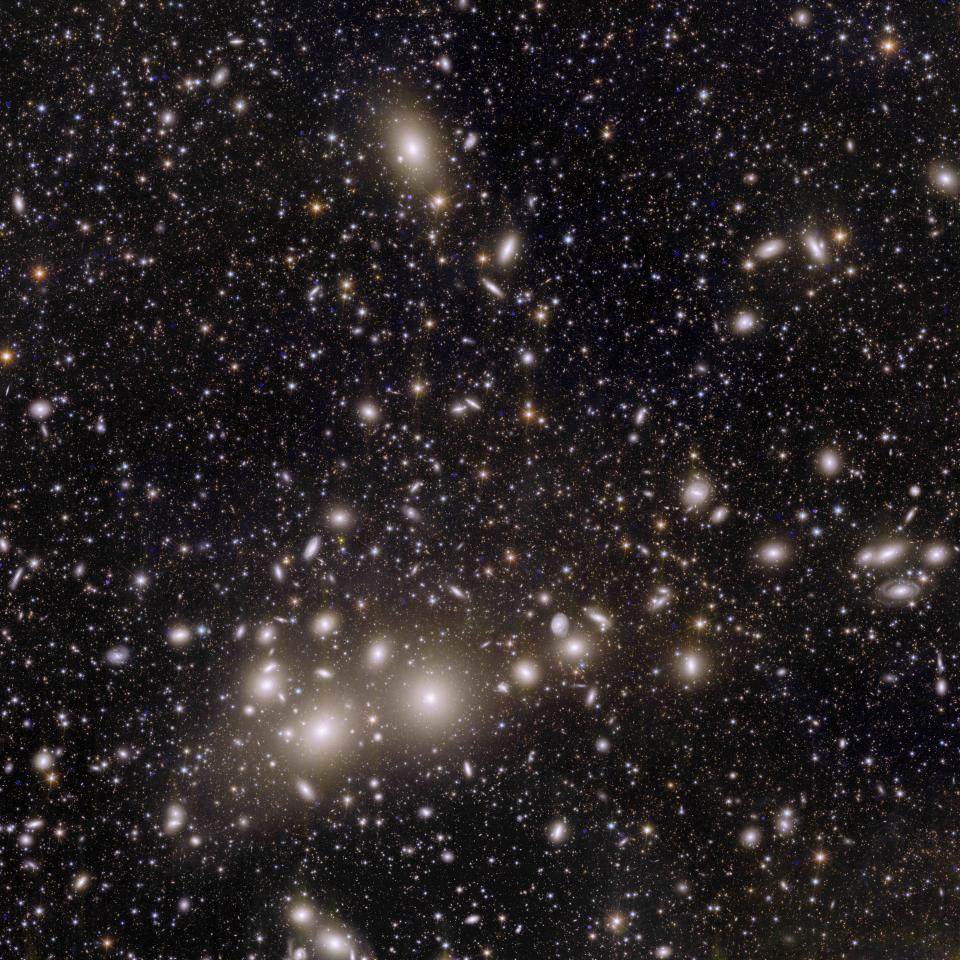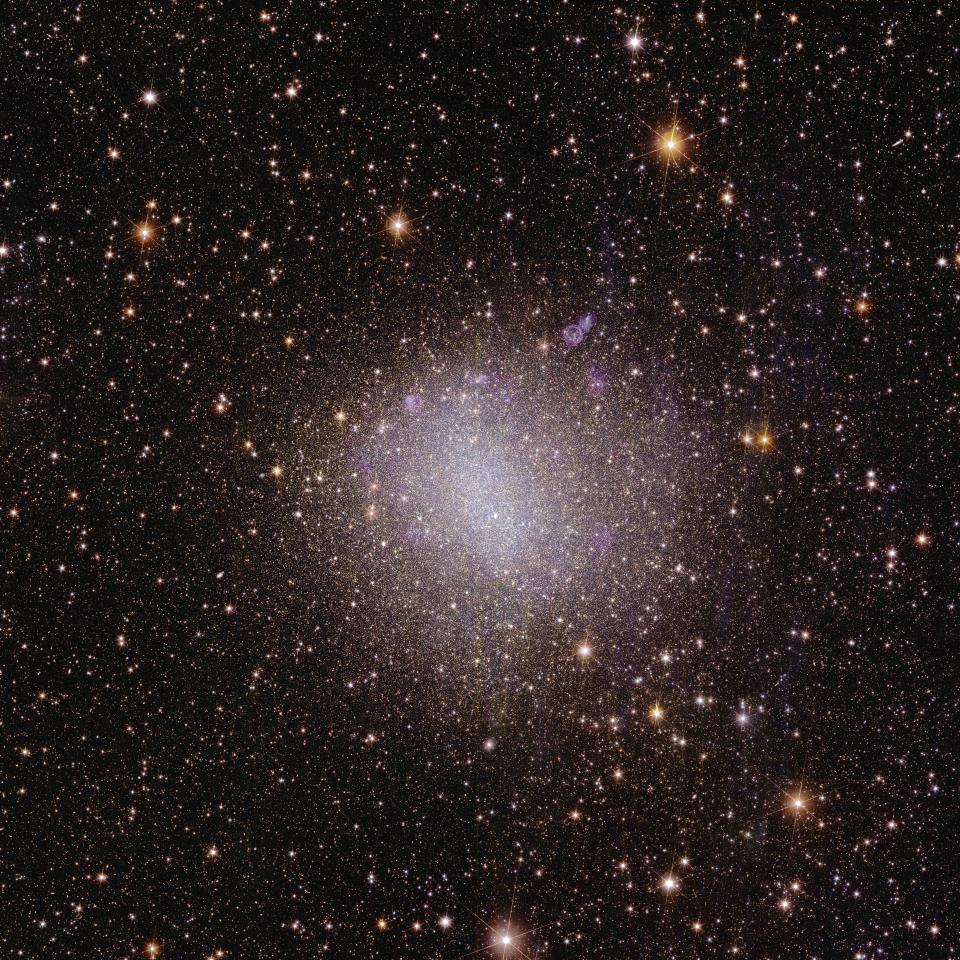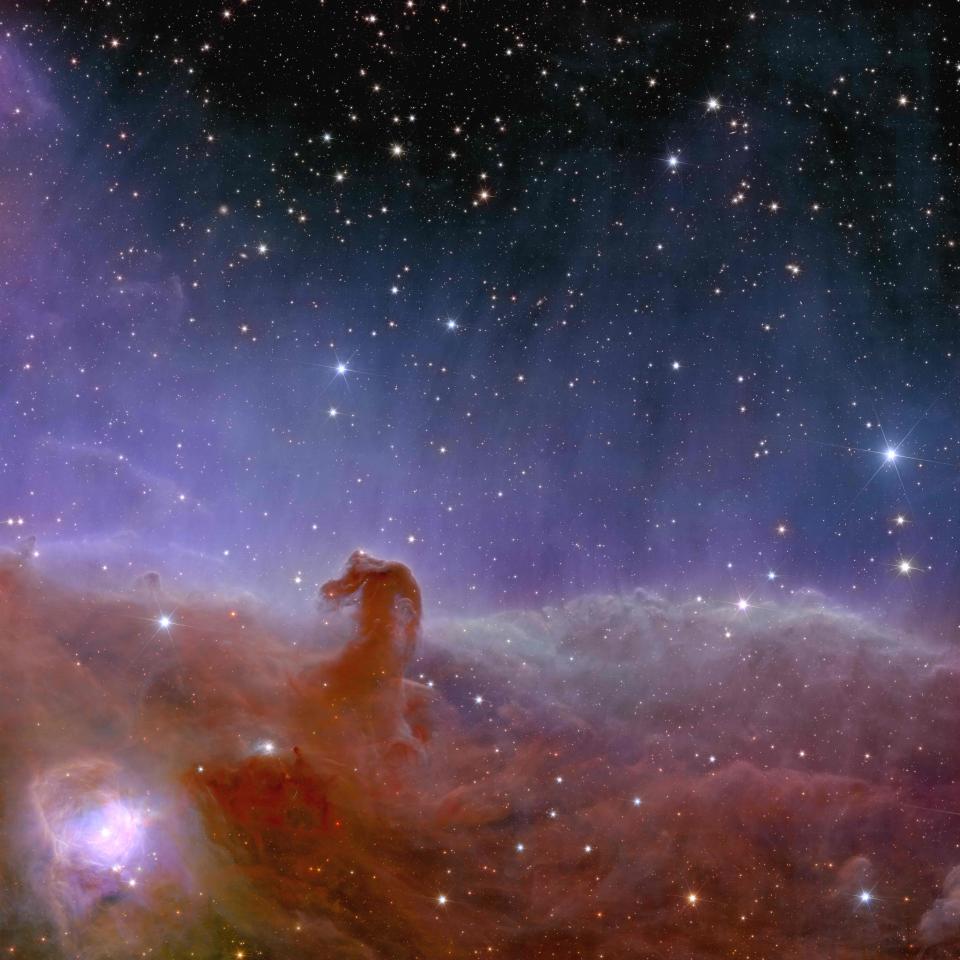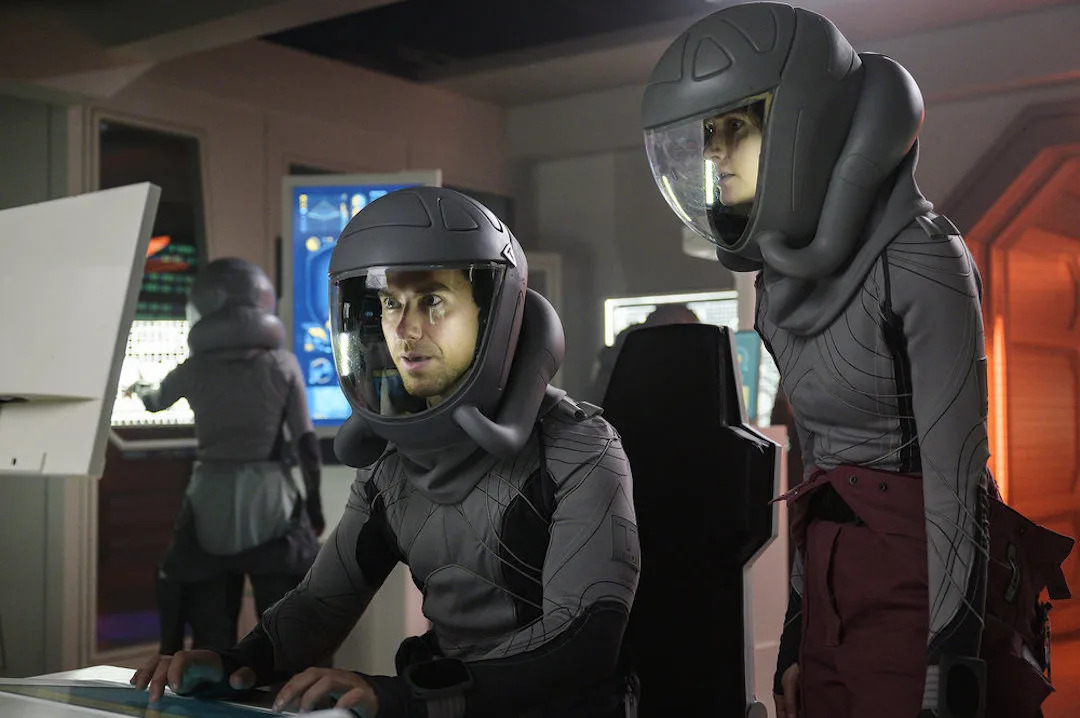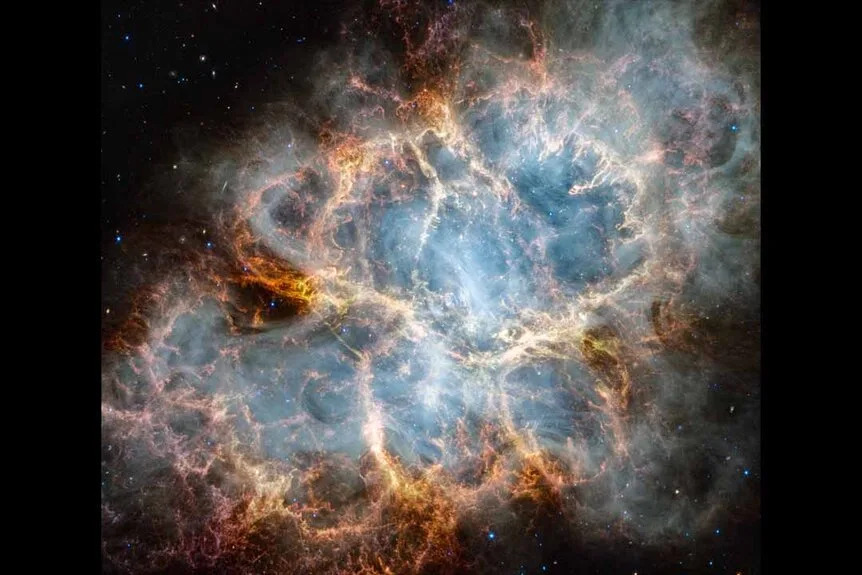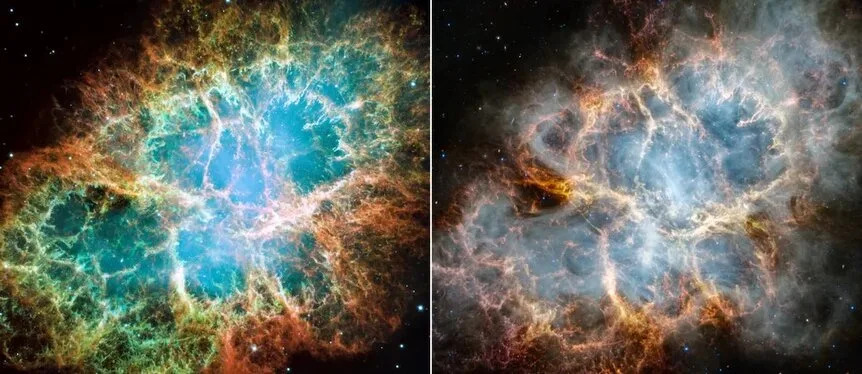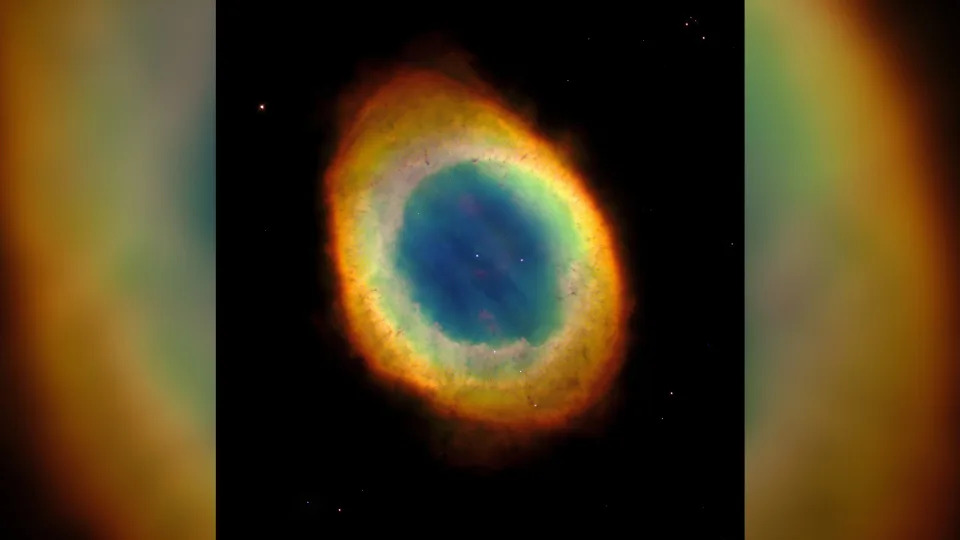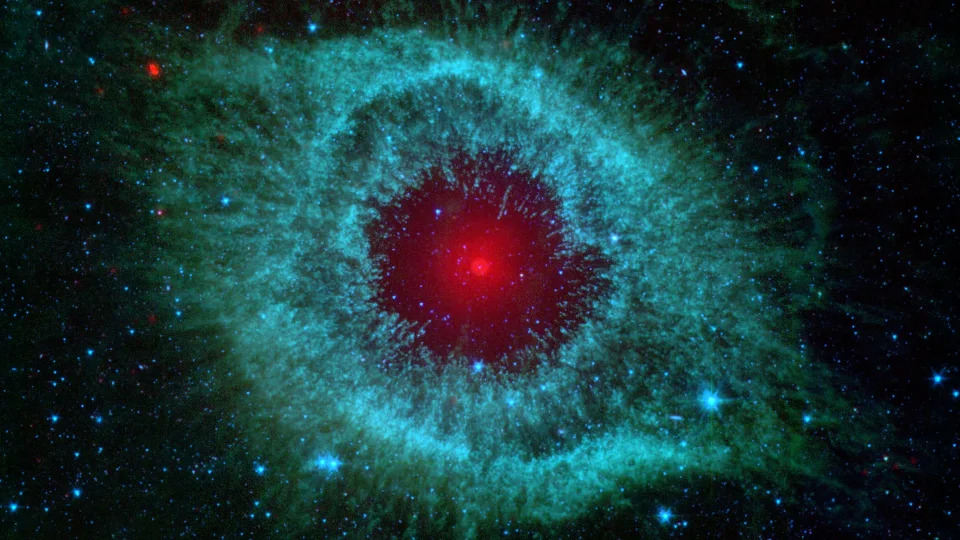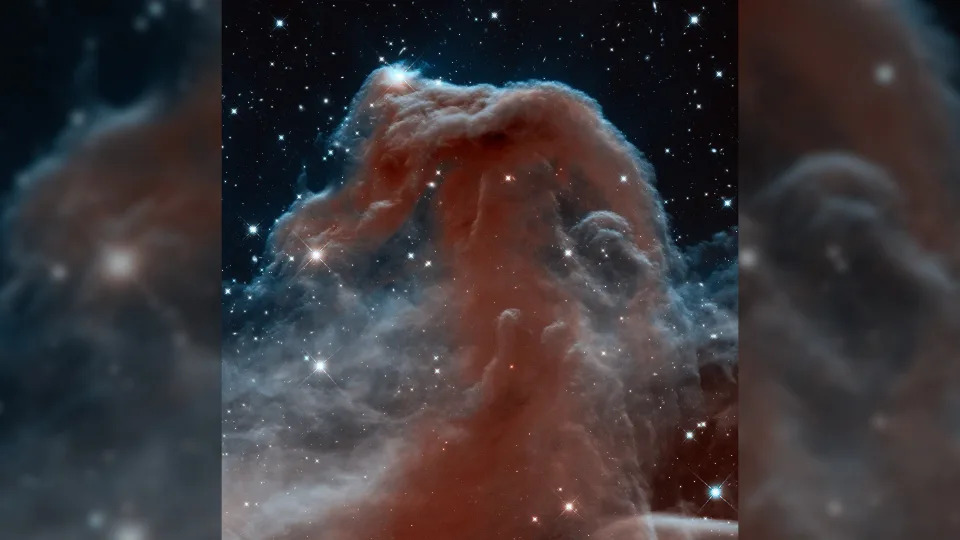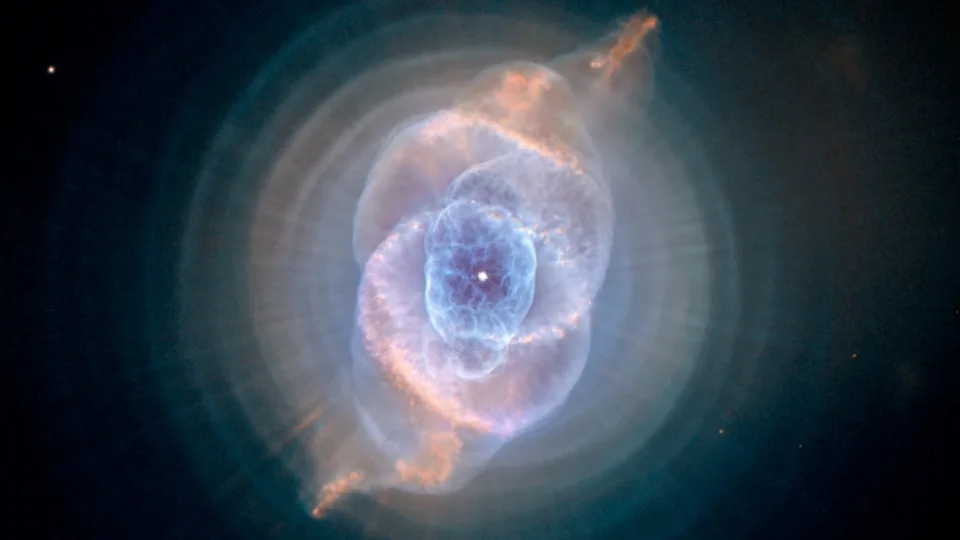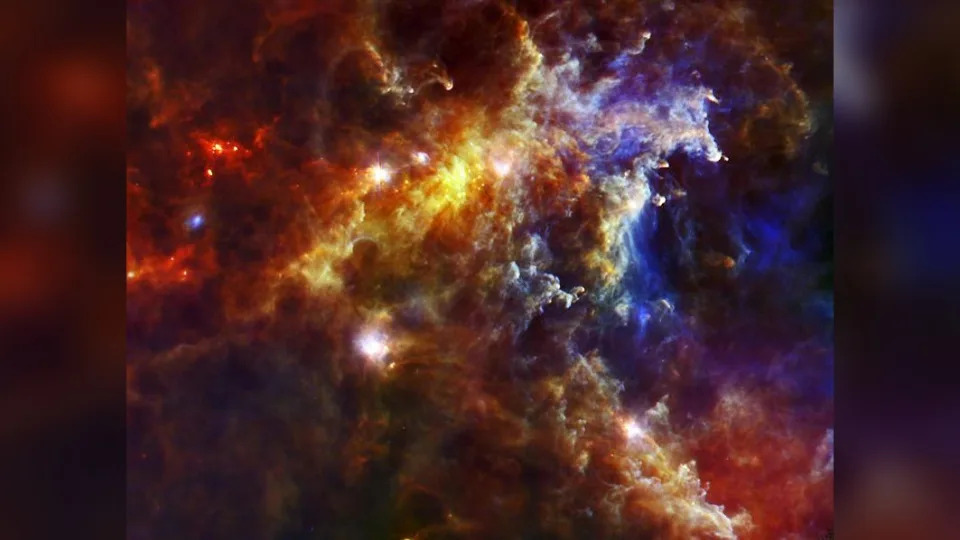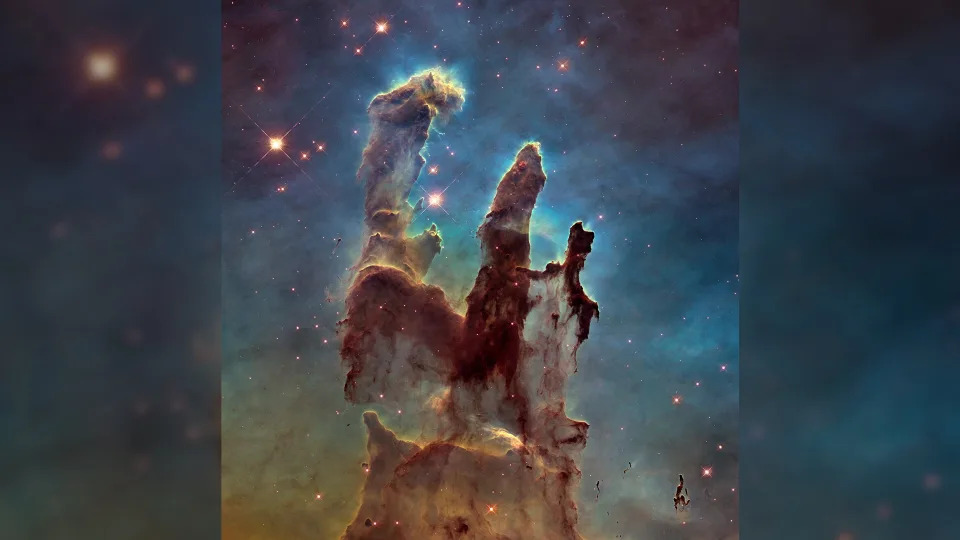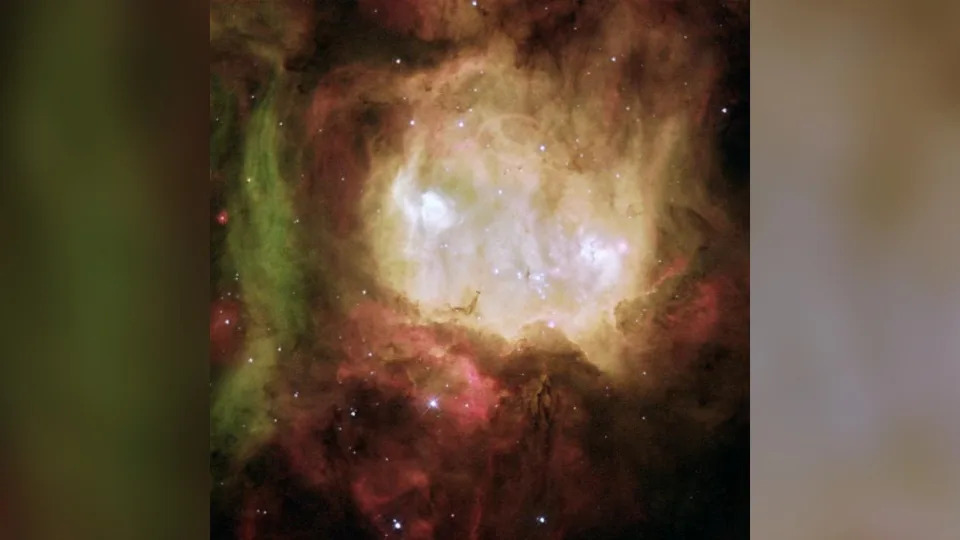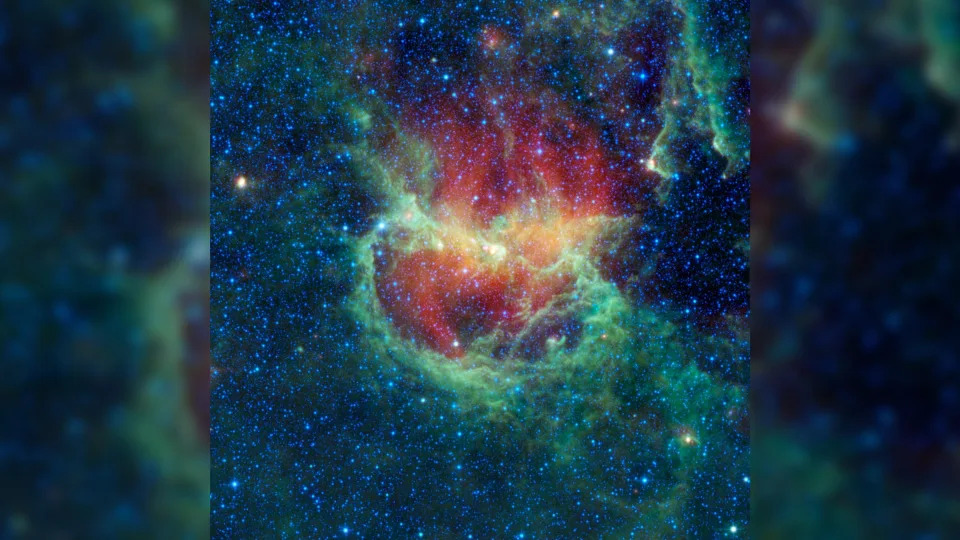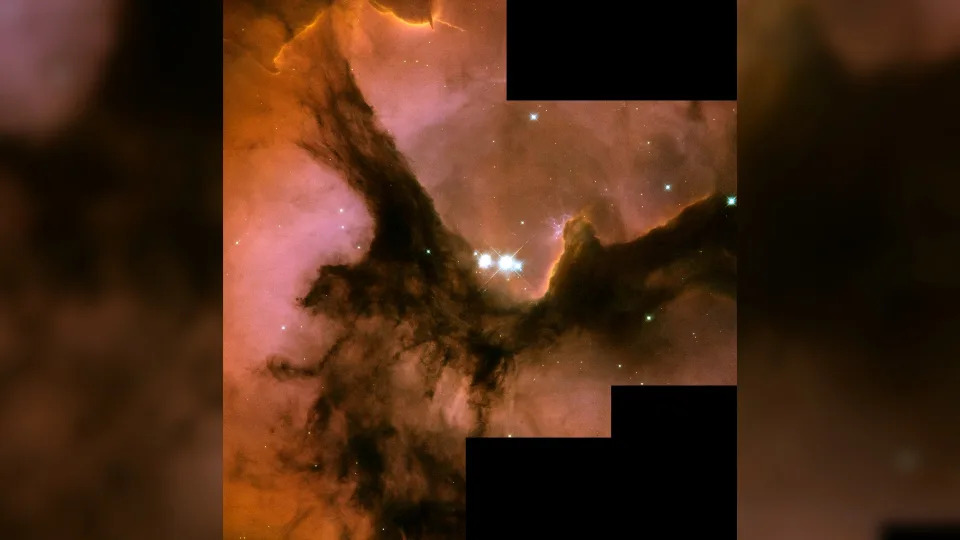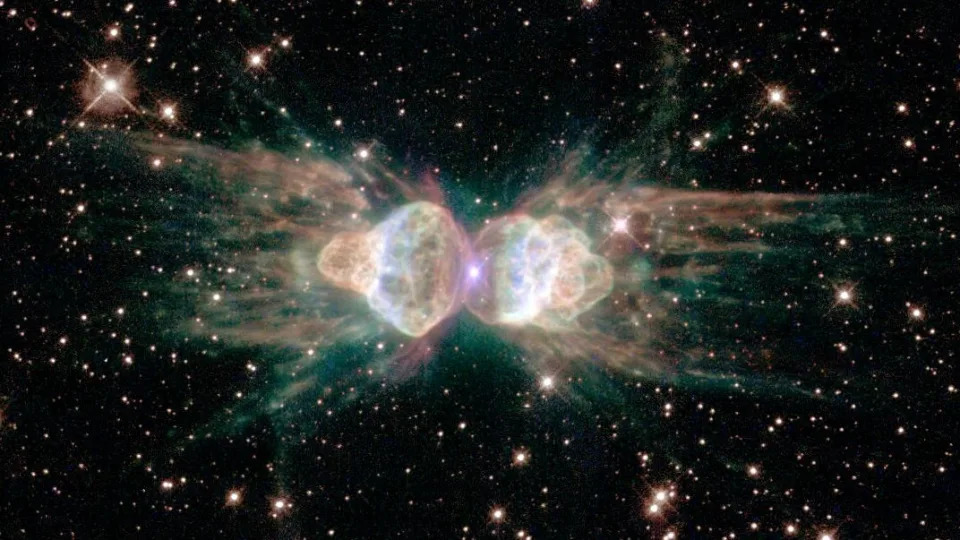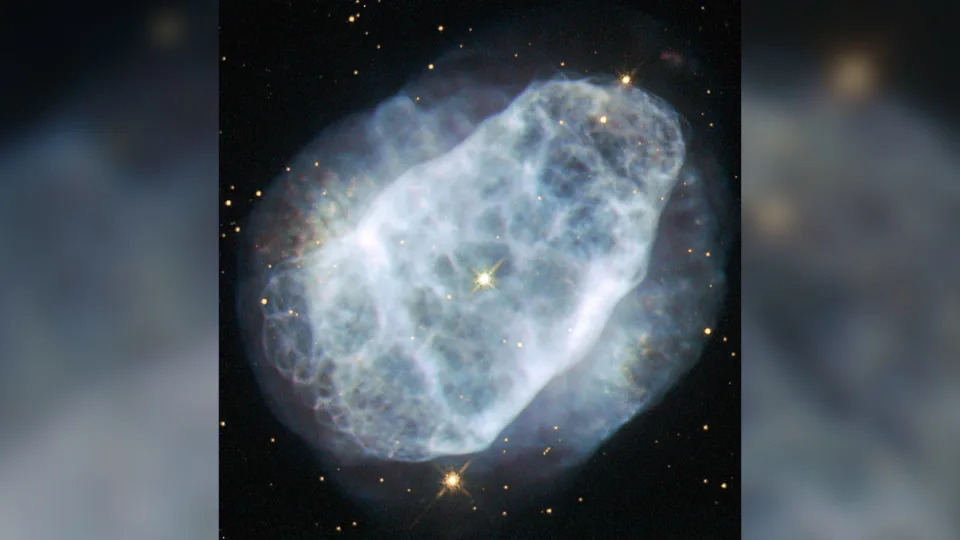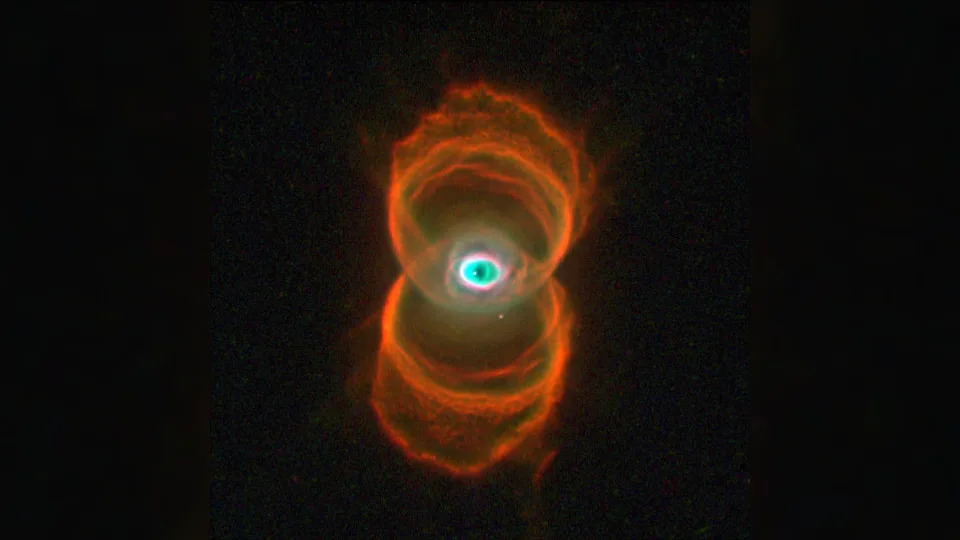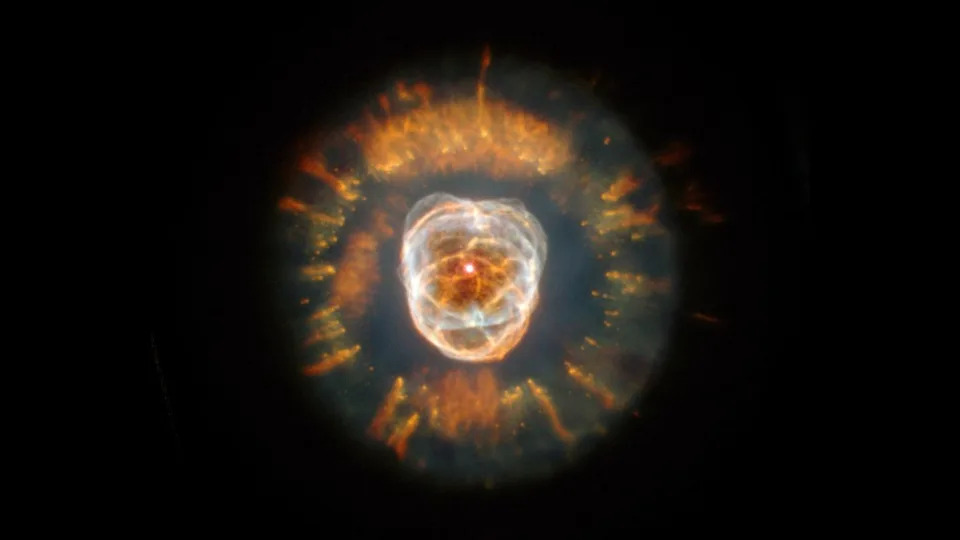Noor Al-Sibai
Wed, November 8, 2023
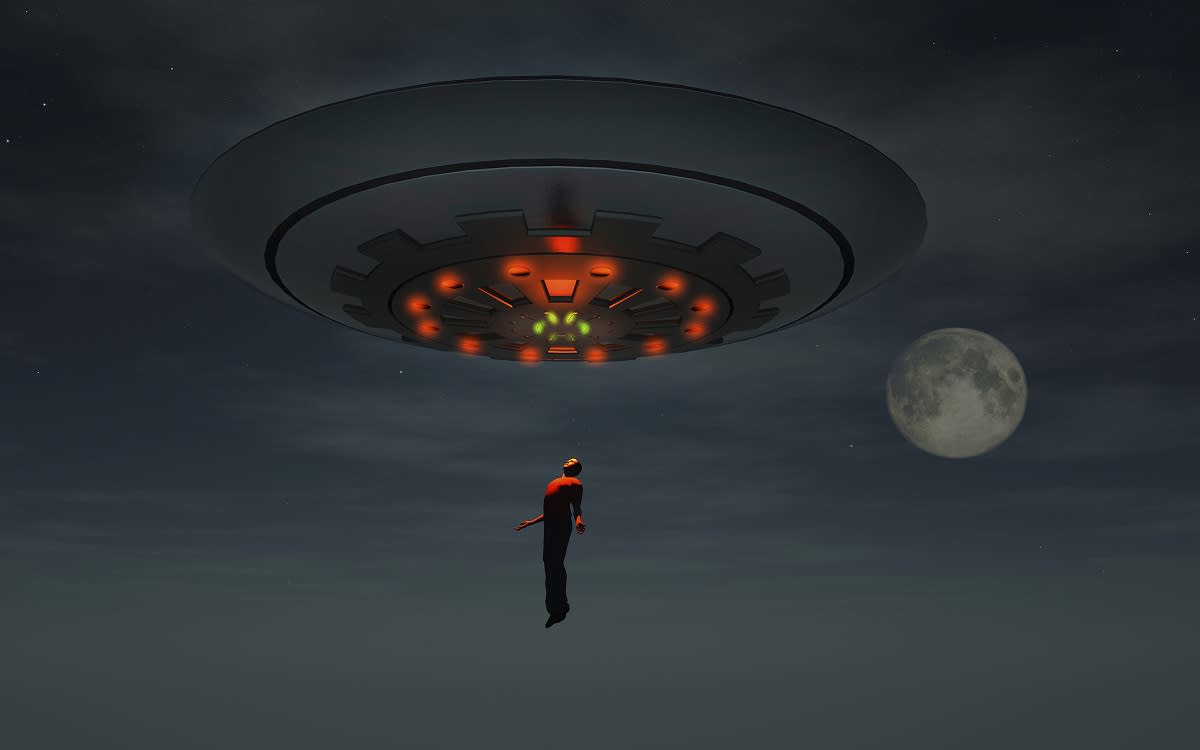
Head Out
After getting some intense media grilling about whistleblower reports, the man who headed up the Pentagon's UFO office is stepping down.
As Politico reports, Sean Kirkpatrick is leaving his role as the director of the Department of Defense's All-domain Anomaly Resolution Office (AARO) after less than 18 months on the job and will be replaced by his deputy, Tim Phillips, until the Pentagon can appoint a more permanent director.
Notably, Kirkpatrick's exit from the office came just over a week after a protracted media exchange in which he admitted that claims made by whistleblower David Grusch — whose allegations about widespread alien coverups and the government's possession of reverse-engineered alien technology the AARO head had previously called "insulting" — just might have had some merit after all.
"We're investigating each and every one of [Grusch's claims]," the now-resigned AARO director said during the off-camera Halloween meeting with the press. "We're cross-referencing those. There are some bits of information that are turning out to be things and events that really happened."
"A lot of it is still under review," Kirkpatrick continued, "and we're putting all that together into our historical report."
Earth to Mothership
As Politico points out, Kirkpatrick postponed his planned retirement to take the reins as the first director of the AARO when it was established under its current name and purview in 2022 — and reading between the lines, he may have done so in part because he, like Grusch, believes the truth is out there.
Indeed, while still in his role as the head of the department tasked with coordinating military reports on what the government refers to as "unidentified aerial phenomena" or UAPs, Kirkpatrick teamed up with Harvard's divisive alien hunter Avi Loeb in authoring a paper about a potential "alien mothership."
In an interview with Politico about his resignation, Kirkpatrick said that the paper he authored with Loeb was a draft that wasn't meant to be published, but that he didn't regret his involvement in penning it.
"The best thing that could come out of this job is to prove that there are aliens," he told the magazine. "If we don’t prove it’s aliens, then what we’re finding is evidence of other people doing stuff in our backyard, and that’s not good."
More on government UFO hunters: NASA Releases Name of Its First-Ever "UFO Czar" After Threats
Pentagon UFO boss steps down after explosive admission
Story by Katherine Fidler • METRO UK
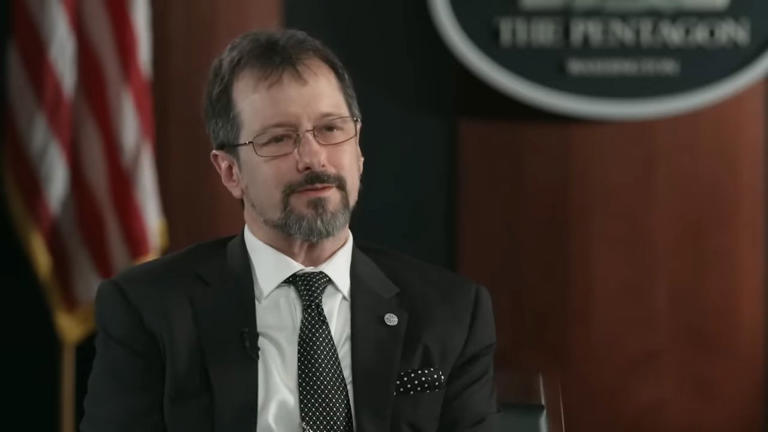
Dr Sean Kirkpatrick hopes UAP are aliens (Picture: ABC)© Provided by Metro
The head of the Pentagon’s UFO office is retiring, days after admitting there could be some truth in a whistleblower’s shocking claims that the US government is hiding evidence of aliens.
In an interview with Politico, Dr Sean Kirkpatrick said he had decided to step down after achieving his goals, having postponed retirement to take on the role.
Dr Kirkpatrick has been director of the All-domain Anomaly Resolution Office (AARO) since it was founded by the Biden administration last year, and in the 18 months since its inception the issue of UFOs has generated much public and political interest.
This reached a fever pitch in the summer after former US intelligence officer David Charles Grusch alleged the government had evidence of ‘intact and partially intact’ alien vehicles.
Speaking during a congressional hearing into Unidentified Anomalous Phenomena (UAP), the official name for UFOs, he went further, adding that people had been ‘harmed or injured’ in an effort to cover up the information.
Dr Kirkpatrick said AARO had attempted to contact Mr Grusch about his claims repeatedly, which the whistleblower denied.
However, speaking during an off-camera meeting with the press on Halloween, the AARO director admitted some of the claims could be true.
‘We are investigating each and every one of [Grusch’s claims],’ he said. ‘We’re cross-referencing those. There are some bits of information that are turning out to be things and events that really happened.
‘A lot of it is still under review, and we’re putting all that together into our historical report.’
The report is one of the final tasks he will complete before leaving next month. His current deputy, Tim Phillips, will lead AARO until a permanent replacement is found.
Dr Kirkpatrick postponed his retirement to take up the role, during which time AARO launched a website sharing declassified information on UFOs – which now allows troops and government employees to report their own sightings.
He also co-authored a draft paper with Harvard ‘alien hunter’ Professor Avi Loeb, leaked online, which suggested the UAP studied by AARO could be ‘alien probes’ sent to study Earth by a mothership out in the cosmos.
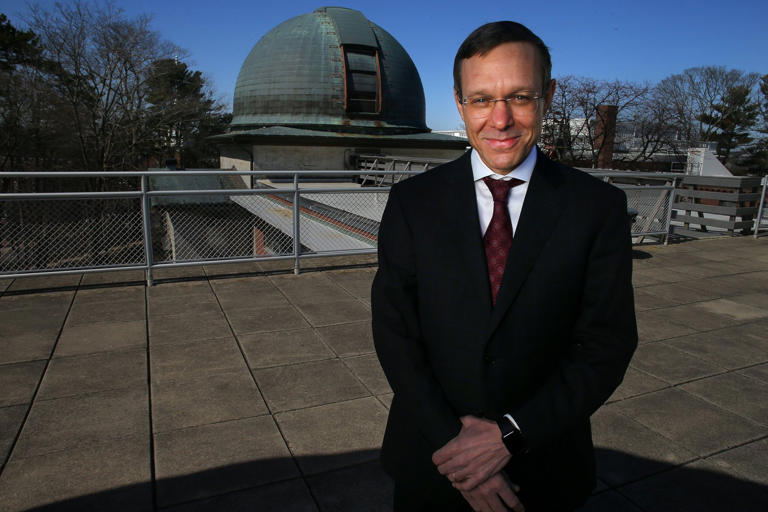
Professor Avi Loeb is renowned for his quest to discover alien life (Picture: Getty/Boston Globe)© Provided by Metro
While he did not give permission for the paper to be published, Dr Kirkpatrick said he did not regret his involvement.
In an interview with Politico, he said ‘the best thing that could come out of this job is to prove that there are aliens’.
‘If we don’t prove it’s aliens, then what we’re finding is evidence of other people doing stuff in our backyard,’ he said. ‘And that’s not good.’
His statement may come as a surprise to many UFO enthusiasts, who have previously labelled Dr Kirkpatrick as a ‘gatekeeper’ of the government’s UFO secrets.
Story by Katherine Fidler • METRO UK

Dr Sean Kirkpatrick hopes UAP are aliens (Picture: ABC)© Provided by Metro
The head of the Pentagon’s UFO office is retiring, days after admitting there could be some truth in a whistleblower’s shocking claims that the US government is hiding evidence of aliens.
In an interview with Politico, Dr Sean Kirkpatrick said he had decided to step down after achieving his goals, having postponed retirement to take on the role.
Dr Kirkpatrick has been director of the All-domain Anomaly Resolution Office (AARO) since it was founded by the Biden administration last year, and in the 18 months since its inception the issue of UFOs has generated much public and political interest.
This reached a fever pitch in the summer after former US intelligence officer David Charles Grusch alleged the government had evidence of ‘intact and partially intact’ alien vehicles.
Speaking during a congressional hearing into Unidentified Anomalous Phenomena (UAP), the official name for UFOs, he went further, adding that people had been ‘harmed or injured’ in an effort to cover up the information.
Dr Kirkpatrick said AARO had attempted to contact Mr Grusch about his claims repeatedly, which the whistleblower denied.
However, speaking during an off-camera meeting with the press on Halloween, the AARO director admitted some of the claims could be true.
Related video: Mexican Congress holds second UFO session featuring Peruvian mummies (Daily Mail) Duration 2:51 View on Watch
More videos
‘We are investigating each and every one of [Grusch’s claims],’ he said. ‘We’re cross-referencing those. There are some bits of information that are turning out to be things and events that really happened.
‘A lot of it is still under review, and we’re putting all that together into our historical report.’
The report is one of the final tasks he will complete before leaving next month. His current deputy, Tim Phillips, will lead AARO until a permanent replacement is found.
Dr Kirkpatrick postponed his retirement to take up the role, during which time AARO launched a website sharing declassified information on UFOs – which now allows troops and government employees to report their own sightings.
He also co-authored a draft paper with Harvard ‘alien hunter’ Professor Avi Loeb, leaked online, which suggested the UAP studied by AARO could be ‘alien probes’ sent to study Earth by a mothership out in the cosmos.

Professor Avi Loeb is renowned for his quest to discover alien life (Picture: Getty/Boston Globe)© Provided by Metro
While he did not give permission for the paper to be published, Dr Kirkpatrick said he did not regret his involvement.
In an interview with Politico, he said ‘the best thing that could come out of this job is to prove that there are aliens’.
‘If we don’t prove it’s aliens, then what we’re finding is evidence of other people doing stuff in our backyard,’ he said. ‘And that’s not good.’
His statement may come as a surprise to many UFO enthusiasts, who have previously labelled Dr Kirkpatrick as a ‘gatekeeper’ of the government’s UFO secrets.
SEE
